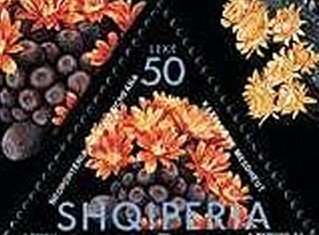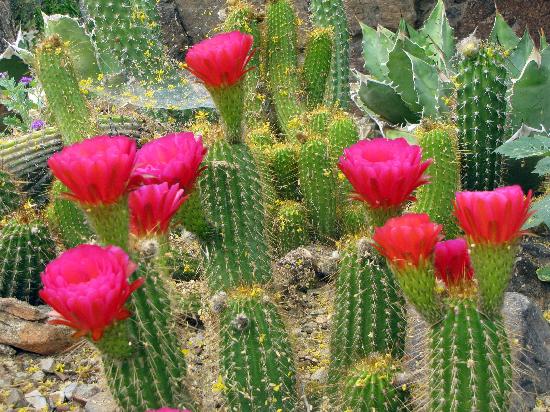Stamp: Neoporteria pseudoreicheana (Albania 2002)
Neoporteria pseudoreicheana (Albania 2002)
17 May (Albania ) within release Cactuses of the Mediterranean Region goes into circulation Stamp Neoporteria pseudoreicheana face value 50 Albanian lek
| Stamp Neoporteria pseudoreicheana in catalogues | |
|---|---|
| Michel: | Mi:AL 2875 |
Stamp is square format.
Also in the issue Cactuses of the Mediterranean Region:
- Stamp - Opuntia catingiola face value 50;
- Stamp - Neoporteria pseudoreicheana face value 50;
- Stamp - Lobivia shaferi face value 50;
- Stamp - Hylocereus undatus face value 50;
- Stamp - Borzicactus madisoniorum face value 50;
- Souvenir Sheet - As No. 2874-78 face value 250;
Stamp Neoporteria pseudoreicheana it reflects the thematic directions:
A cactus (pl.: cacti, cactuses, or less commonly, cactus) is a member of the plant family Cactaceae (/kækˈteɪsi.iː, -ˌaɪ/),[a] a family of the order Caryophyllales comprising about 127 genera with some 1,750 known species.The word cactus derives, through Latin, from the Ancient Greek word κάκτος (káktos), a name originally used by Theophrastus for a spiny plant whose identity is now not certain. Cacti occur in a wide range of shapes and sizes. They are native to the Americas, ranging from Patagonia in the south to parts of western Canada in the north, with the exception of Rhipsalis baccifera, which is also found in Africa and Sri Lanka. Cacti are adapted to live in very dry environments, including the Atacama Desert, one of the driest places on Earth. Because of this, cacti show many adaptations to conserve water. For example, almost all cacti are succulents, meaning they have thickened, fleshy parts adapted to store water. Unlike many other succulents, the stem is the only part of most cacti where this vital process takes place. Most species of cacti have lost true leaves, retaining only spines, which are highly modified leaves. As well as defending against herbivores, spines help prevent water loss by reducing air flow close to the cactus and providing some shade. In the absence of true leaves, cacti's enlarged stems carry out photosynthesis.
The Kionga Triangle (German: Kionga-Dreieck, Portuguese: Triângulo de Quionga) was a small region of German East Africa situated at the mouth of the Ruvuma River. The Ruvuma served as the border between the German colony and Portuguese Mozambique, and the Kionga Triangle was the only section of German East Africa south of the river. Its principal settlement was Kionga (now Quionga ) which had a population of 4,000 in 1910. It became a German possession in 1894 but came under Portuguese control in April 1916 during World War I. The post-war Treaty of Versailles reaffirmed that the river was the border between Tanganyika, then under British control, and Portuguese Mozambique. The triangle was the only territory that the treaty awarded to Portugal.

